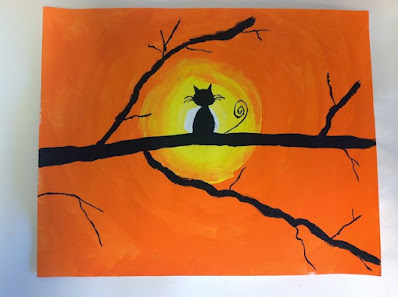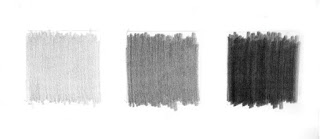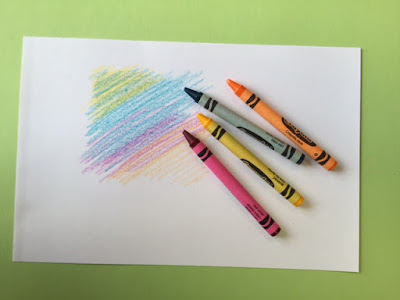What do you find beautiful in the world?
What colors do you see in this picture?
Andre Derain - Charing Cross Bridge
What lines and shapes do you see in this pictures?
Andre Derain - The Trees
Andre Derain made many paintings of beautiful places.
What makes these places beautiful?
What makes these paintings beautiful?
- People find things of beauty in the world around them.
- Artists share what they think is beautiful in their art.
OUR EXPERIENCES: We see beauty when we look closely at nature or when we view a landscape a distance. We see beauty in the parts of the world that are built by humans such as bridges and buildings
We also can "see" or feel beauty in our actions of kindness, love and respect.
ARTISTS HELP US FIND AND SHOW BEAUTY IN OUR WORLD.
Can you think of a beautiful place you would like to share?
Is it a building or is it in nature?
What lines, shapes and colors will you use?
On an index card, or small piece of paper, take 5 minutes to write about or draw something you find beautiful.



































